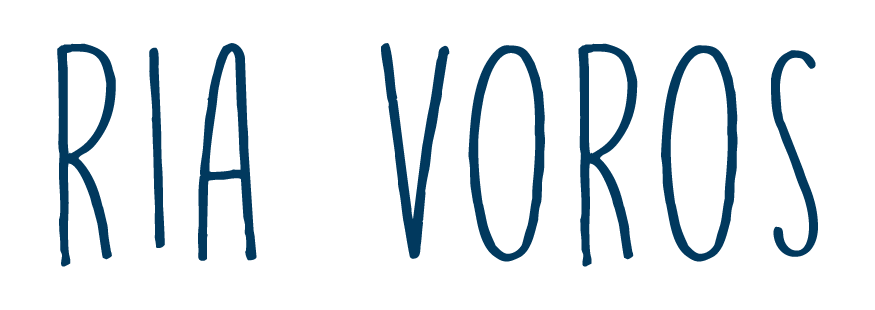Call me old-fashioned, but I love letters. That now-ancient form of communication, e-mail’s great-grandmother. The smell of paper, pen, feel of envelopes, the time pared off from the rest of the day to write, to put thoughts onto paper for someone else. I know we do this all the time–more so, even–by electronic means, but there are things about the old-school letter that just pull me. The snail mail part of it. The anticipation of opening part of it. The possible stains or crumbs on the paper part of it. The humanity of it. [This reminds me of Hannah’s beautiful post about Sei Shonogan.]
I was browsing in my favourite local secondhand bookshop the other day and came across a Folio Society edition of Jane Austen’s Letters. How could I resist? I mean, Jane Austen and her letters. It’s estimated she wrote around 3000 in her lifetime, many to her sister, some to other friends and family. I bought the book and thought all the way home about its charming cover, its fascinating and secret contents. (Doesn’t reading other people’s letters seem even more intimate that reading someone’s diary? A diary is not really a conversation, but a letter, with a recipient, feels like eavesdropping on a phone call. And the writer in me loves eavesdropping. Especially when the conversation, the delicious details, are from over two hundred years ago. With names like Mrs. Honeywood, Mrs. Heathcote and Mr. Portal. As well as lots & lots of ampersands…)
Driving home with this book of letters, I thought of how I would have loved this book as a young adult, as obsessed as I was with literature & history & England in general. I might not have read every letter, might have gotten a little tired of all the descriptions of parties and attendees and minute details of daily life. But the style and thoughtfulness, the voice of Jane Austen in these private letters, coming across time, would have impressed me very much. And I would have kept the book forever, for that alone.
So I decided, before I’d even parked my car in the garage, to give the book to my daughter for her birthday.
But not for her birthday coming up next month. Not just for that one. I’m going to give the book to her every year until she’s sixteen. She just won’t know it until then. (Unless she finds this blog post…hmm.)
For her fourth birthday next month, I’m going to write her a letter–on real paper! with an ink pen!–and put it inside the book. Next year I’ll do the same, and the year after that, until she’s sixteen. I want to tell her why I think Jane Austen’s letters are important, and why her own voice is important. I want to capture time for her–a small sketch of her growing up each year that she won’t otherwise get from photographs and videos.
But I don’t know if she’ll like it. Maybe she’ll have become an English literature hater. Maybe what I’m doing will seem so antiquated and cute that she’ll want to bury it at the back of her closet. But I don’t think that’s the point. Because in trapping life on the page the way I see it, I’m just offering what was once true, from my point of view, and it’ll be there whether she reads it or not. Just as the once-true details and people and relationships in Jane’s letters are still there. And that’s what I love about them: all those intricate connections and meetings and tiny details that seem mundane day-to-day. Those are what we savour years later, as our personal history. I won’t be offended if she doesn’t much care for old-fashioned letters or for glimpses of her six-year-old self. But I hope she can understand why I’m doing this, see the ideas behind it all. That our history is valuable. That stories matter. That women telling stories–to each other, to themselves–is ancient and fundamental.
Do you put things aside or write notes to your children or family members? I’d love to hear your ideas.
XO
Ria







Beautiful! My Mum always says ‘I wish I had saved a piece of my mother’s handwriting’. She wrote to Mum every week when she lived abroad for a year as a teen. Am sure E will treasure her Mum’s efforts! X